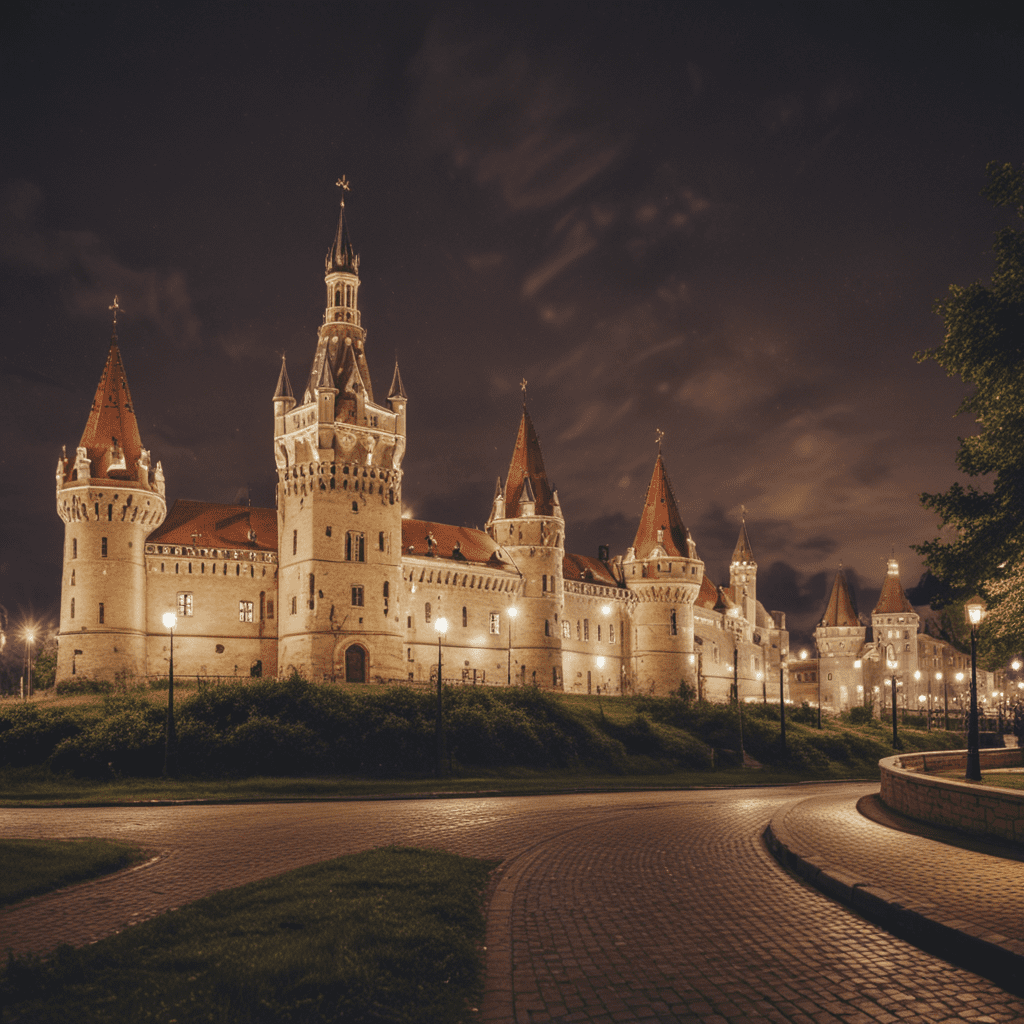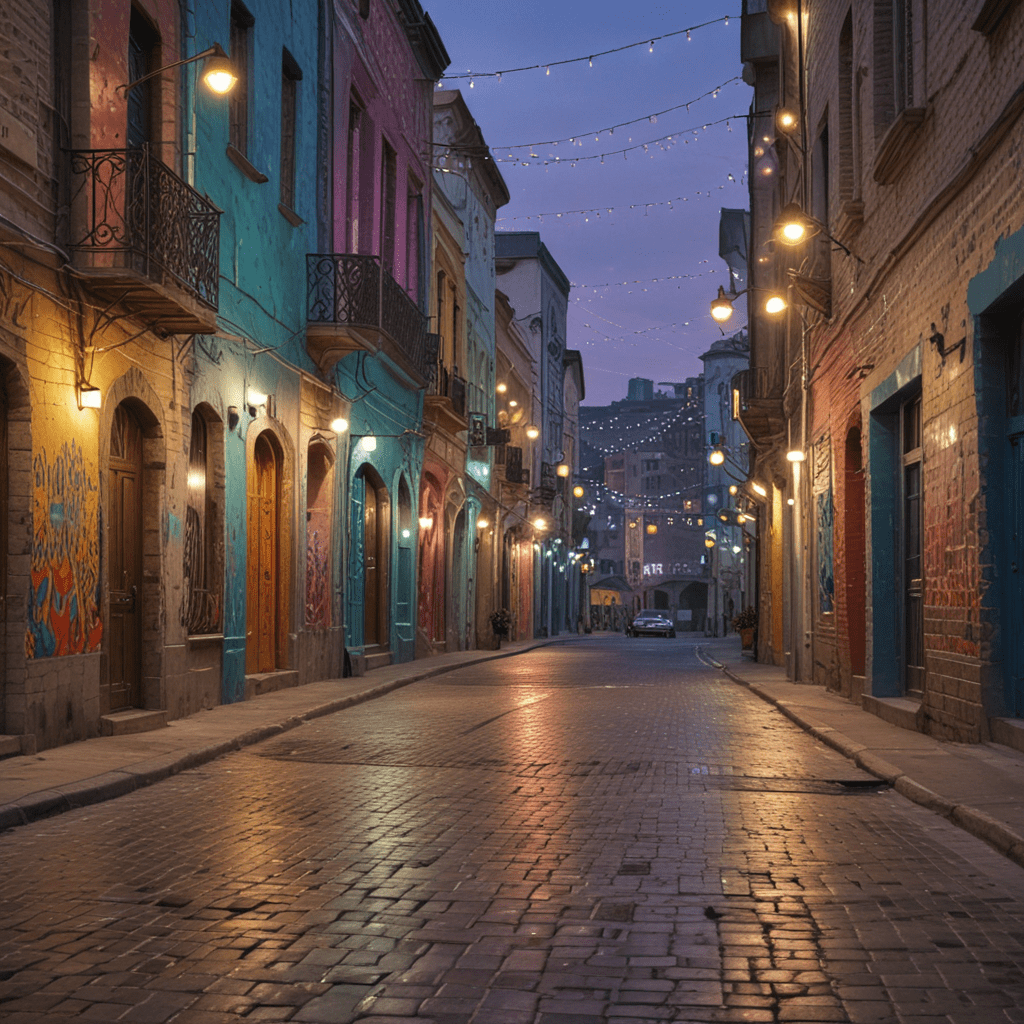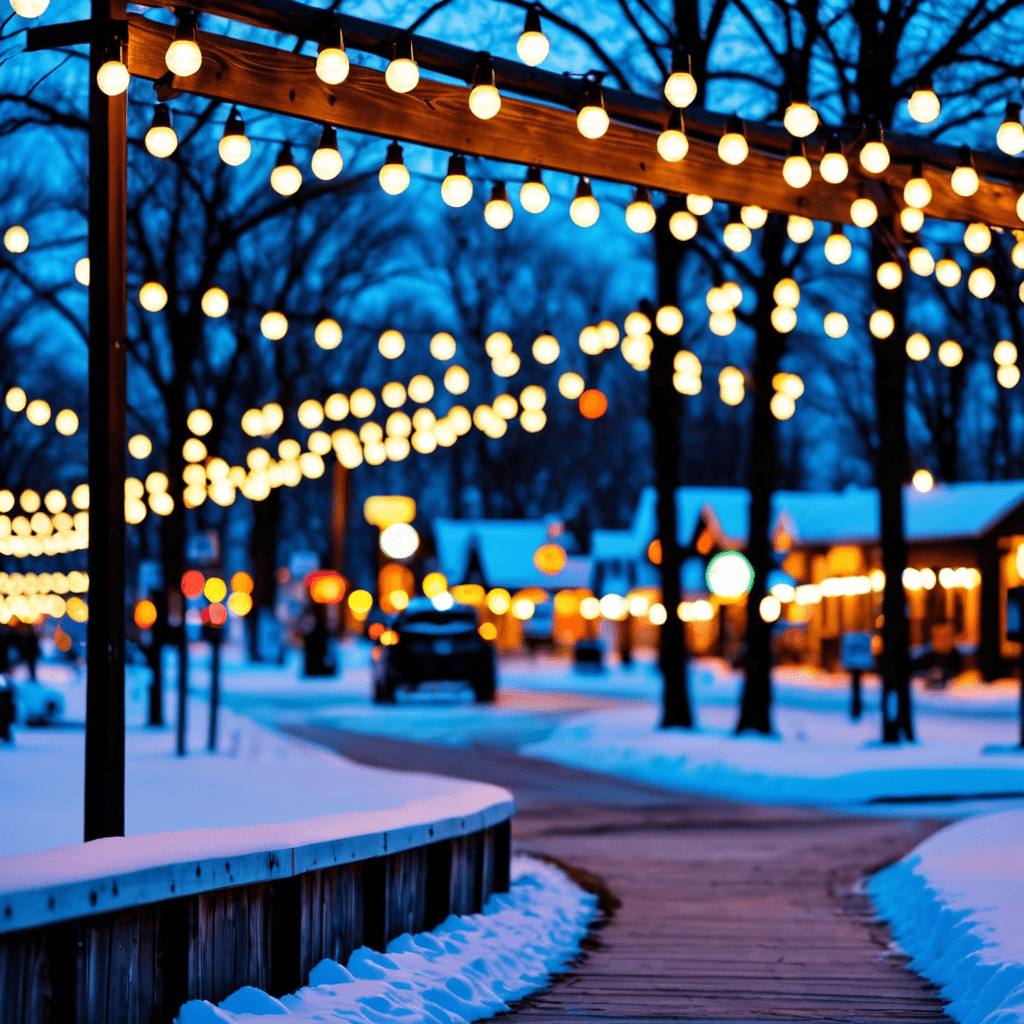
Exploring the Charming Castles of Belarus
Nestled amidst rolling hills and picturesque landscapes, Belarus boasts a captivating array of architectural treasures that transport visitors back in time. From UNESCO World Heritage Sites to medieval fortresses and Renaissance palaces, the castles of Belarus offer a glimpse into the country's rich history and cultural heritage.
1. History and Architectural Significance
The castles of Belarus have played a pivotal role in shaping the nation's identity. They served as defensive strongholds, noble residences, and administrative centers, leaving an indelible mark on the country's architectural landscape. Many of these castles showcase a blend of architectural styles, reflecting the diverse influences that have shaped Belarus over the centuries. Gothic, Renaissance, and Baroque elements are harmoniously intertwined, creating a captivating aesthetic that captivates visitors.
2. Mir Castle: A UNESCO World Heritage Site
Mir Castle stands as a testament to the architectural prowess of the 16th century. Declared a UNESCO World Heritage Site in 2000, this magnificent fortress is renowned for its well-preserved fortifications, intricate Renaissance details, and picturesque setting. Visitors can explore its towering walls, admire its elaborate courtyards, and marvel at the stunning frescoes that adorn its interiors.
3. Nesvizh Castle: The Grand Residence of the Radziwiłł Family
Perched on a hill overlooking the town of Nesvizh, Nesvizh Castle served as the opulent residence of the powerful Radziwiłł family for centuries. This sprawling palace complex boasts a harmonious blend of Renaissance and Baroque architectural styles. Its grand halls, adorned with exquisite tapestries and priceless works of art, offer a glimpse into the lavish lifestyle of its former occupants.
4. Lida Castle: A Majestic Medieval Fortress
Lida Castle, situated in the heart of the Grodno Region, is a formidable example of medieval military architecture. Its imposing walls and towers have withstood centuries of warfare, making it one of the best-preserved castles in Belarus. Visitors can wander through its courtyards, explore its underground passages, and imagine the fierce battles that took place within its walls.
5. Krevo Castle: Witness to Historic Events
Krevo Castle, located on the banks of the Krevyanka River, holds a significant place in Lithuanian history. It was here that the Union of Krewo was signed in 1385, uniting the Grand Duchy of Lithuania and the Kingdom of Poland. Visitors can explore the castle's ruins, including its crumbling walls, towers, and moat, and soak in the atmosphere of this historic site.
6. Hrodna Castle: A Strategic Border Stronghold
Hrodna Castle, strategically situated on the banks of the Neman River, played a pivotal role in securing Belarus' western frontier. Its massive walls and towers defended the city of Hrodna from invaders throughout history. Today, the castle houses a museum showcasing the region's rich cultural and historical heritage. Visitors can explore its exhibits, wander through its courtyards, and enjoy panoramic views of the surrounding city.
7. Slonim Castle: A Picturesque Ruin with a Rich Past
Slonim Castle, despite its present state as a picturesque ruin, boasts a storied past that dates back to the 12th century. This once-mighty fortress played a significant role in defending the Grand Duchy of Lithuania and was the scene of numerous battles. Visitors can explore the castle's crumbling walls, towers, and dungeons, immersing themselves in its fascinating history.
8. Navahrudak Castle: The Birthplace of the Grand Duchy of Lithuania
Navahrudak Castle, nestled amidst a scenic park, holds a special place in Belarusian history. It was here, in the 13th century, that the Grand Duchy of Lithuania was born. The castle's ruins, including its towering walls and defensive towers, provide a glimpse into the origins of this once-powerful state. Visitors can wander through its grounds, soak in the serene atmosphere, and connect with the birthplace of a nation.
9. Vitebsk Castle: A 16th-Century Renaissance Jewel
Vitebsk Castle, overlooking the picturesque Dvina River, is a prime example of Renaissance architecture in Belarus. Built in the 16th century, this elegant castle served as a defensive stronghold and a residence for the local nobility. Today, the castle houses a museum, offering visitors a glimpse into its architectural beauty and historical significance.
10. Tips for Visiting and Exploring the Castles
- Plan your itinerary to allow ample time to explore each castle thoroughly.
- Check castle opening hours and admission fees in advance.
- Consider hiring a local guide for a more in-depth historical experience.
- Wear comfortable shoes as you will be exploring uneven terrain.
- Respect the historic nature of the castles and refrain from touching or damaging any artifacts or structures.
FAQs
Can I stay overnight at any of the castles?
- No, overnight stays are not permitted within the castles.
Are there restaurants or cafes within the castle grounds?
- Some castles, such as Mir and Nesvizh, have cafes or restaurants nearby.
Is photography allowed inside the castles?
- Photography is generally permitted, but flash photography may be restricted in certain areas.
- Are the castles accessible for people with disabilities?
- Accessibility options vary depending on the castle. It is recommended to contact the castle administration in advance for specific inquiries.


